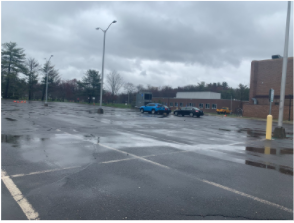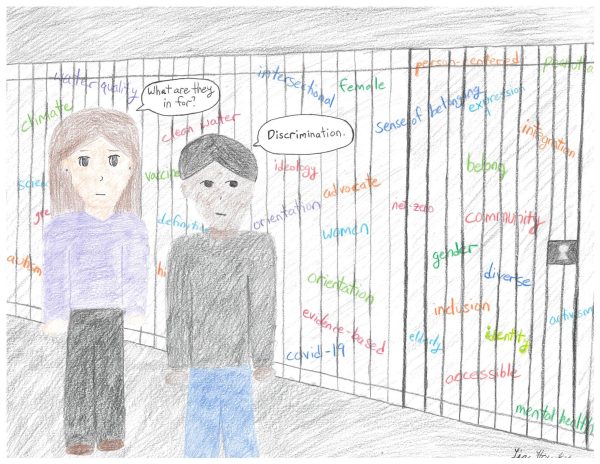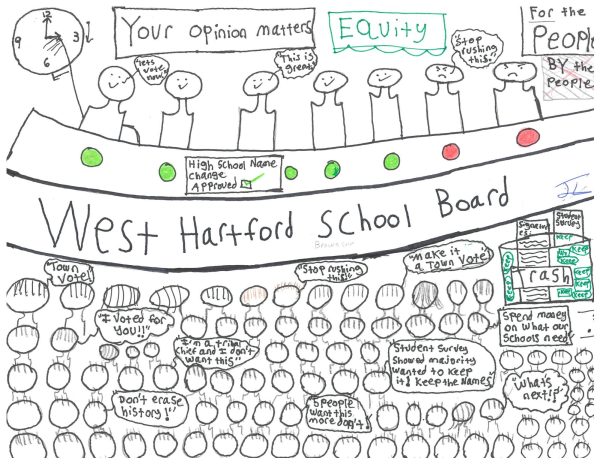Hall’s Parking Lot Crisis – Has Parking Become a Problem?

Hall Parking lot
The Hall parking lot for students and staff has been an ongoing issue. This year especially, the scramble to find parking in the mornings has created an increase in illegal parking, stressful driving, and a parking space crisis.
It’s no surprise to Connecticut teens when they reach the age of 16-years-old, they go and test for a permit, to then get their license. The influx of new drivers, primarily around the spring, has become an increasingly serious problem this year. The parking lot crisis has created a lack of adequate parking spaces for students and faculty. According to Hall High School security guard Al Bonfiglio, students aren’t allowed to park in the teacher-specific lots, and “all cars parked in the lot are supposed to be registered in the school database.” Al states that the lots are checked three times a minimum a day for unregistered vehicles who can be subjected to tickets. Registration includes the make and year of the car and the license plate number. Students are opted to park on the nearby streets when the student lot reaches max capacity. Does this fix the problem? In short, no. Having to deal with a lack of parking combined with morning traffic from parents dropping off their children, many students feel the ordeal causes stress. When asked if finding a parking space in the morning affects the amount of sleep students get, senior David Lyons mentioned he “tries to get eight hours per night, but it’s hard with the amount of work he gets and having to wake up extra early to find a parking space.”
It’s not just students who feel the need for a change in the parking situation, but faculty and staff as well. Lara White, a teacher of several years proposed the parking lot layout should be reviewed and other modes of transport should be made available with the goal of aiding the lack of space for students to park. Another faculty member, Anthony Wasley mentioned his concern from an environmentalist’s standpoint, he believes “students and teachers should carpool.” This can reduce the number of cars in the parking lot, and help the environment as well. However, it’s not as easy as it sounds. Due to the Connecticut State law, new drivers are prohibited from driving anyone outside their family for one year after they get their license. Although the parking lot desperately needs new spaces, the law preventing carpooling for the first year of having a license seems to be the biggest underlying issue.
Parking won’t just be a problem this year. The upcoming junior class is one of the most populous, creating a huge influx in student drivers coming next year. The junior class size this year is upwards of four hundred, while the senior class size is only 353. If parking is already a problem now, the increase in new drivers will only exacerbate the scramble for space.
So how can the issue be resolved? Carpooling is the most favored solution we’ve seen, although it mostly applies to seniors who have had their licenses for at least a year. Al Bonfiglio suggests whenever the building gets redone, the parking lots should be expanded, which could be several years from now. Bonfiglio also recommends until then, students should either park on the streets or on the road coming down graduation hill.






